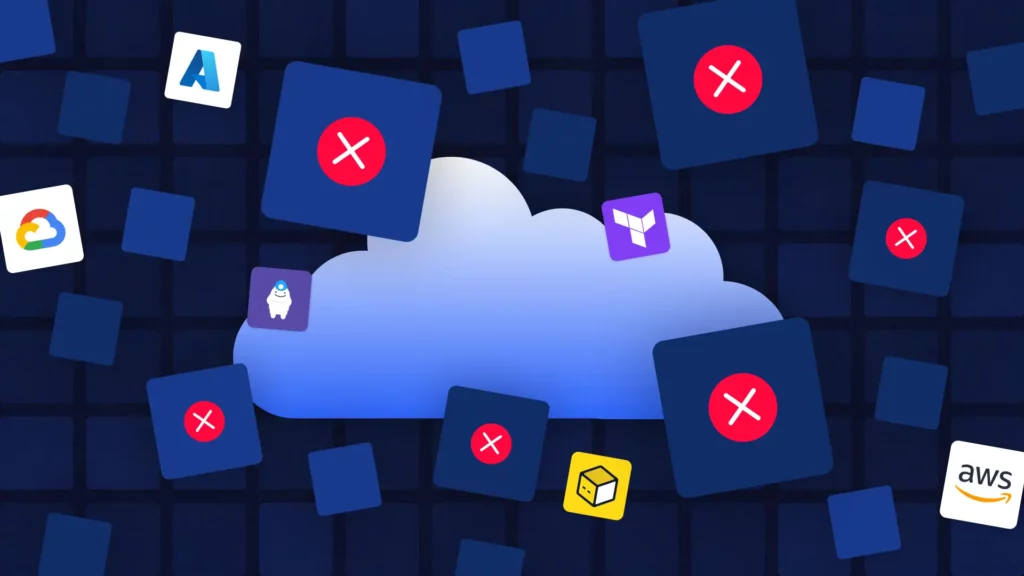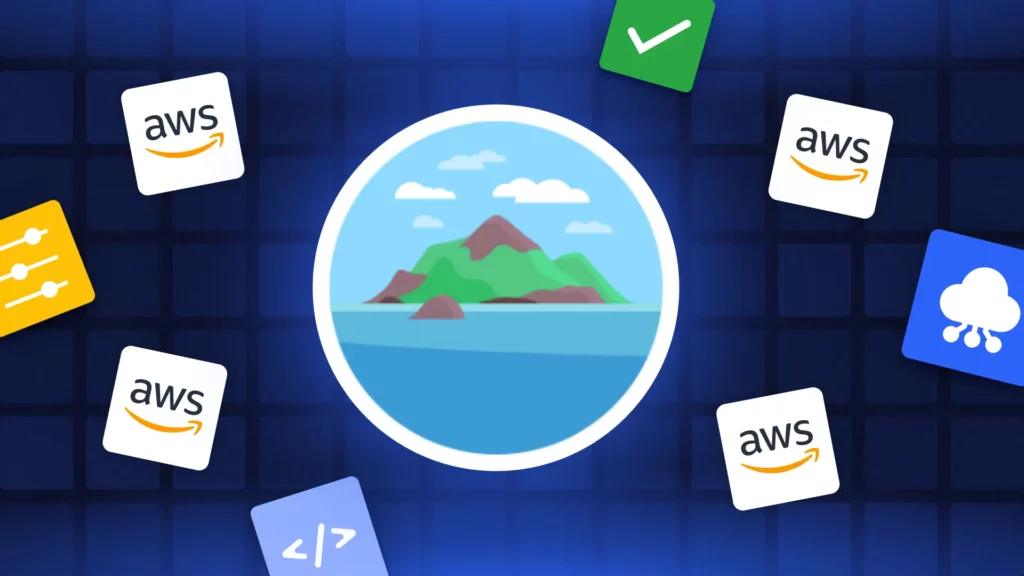ControlMonkey is expanding its platform with a new capability: Self-service Infrastructure. This solution enables Dev, QA, and business teams to launch pre-defined cloud environments in minutes from a centralized source of truth. Instead of relying on DevOps to manually provision resources or track Jira tickets, teams can spin up what they need on their own—while DevOps maintains governance and control.
By embedding rules and templates directly into the platform, Self-service Infrastructure accelerates delivery, reduces costs, and gives DevOps more time for strategic initiatives.
Rather than having your DevOps team manually spin up Infrastructure and follow up on Jira tickets, with ControlMonkey’s Self-service Infrastructure, other teams can easily provision cloud resources on their own, under DevOps rules to maintain governance and control.
Self-service Infrastructure has 2 modes of operation which I will talk about.
Self-service Infrastructure: Ephemeral Environments
The first mode supports ephemeral (temporary) environments needed by other teams, especially developers and QA.
Oftentimes developers need temporary cloud environments in order to run and test the code that they are developing.
Most developers don’t know Terraform and can’t access the cloud console. They have to wait for DevOps to spin up infrastructure for them.
The whole process of requesting Infrastructure by opening Jira tickets to the DevOps team is a long and tedious operation that can be easily solved.
With ControlMonkey, DevOps teams define self-service templates (blueprints). Other teams can then use these templates to launch ephemeral cloud resources.
Each template includes a pre-defined TTL (time to live). End users can also enter governed variables to customize the environment for their needs.
IaC Self-service by ControlMonkey enables DevOps teams to:
- Free their time from handling Infrastructure-related Jira tickets and focusing on more strategic tasks.
- Save on Infra costs by setting a clear TTL on each environment and proactively prevent costly mistakes
- Enable agility and improve productivity without sacrificing control and governance.

Self-service Infrastructure: Persistent Environments
The second mode of operation is intended for Persistent (Permanent) environments that are consistent with no pre-defined TTL (time to live).
This use case is intended mostly for DevOps teams wishing to launch additional cloud resources into an existing cloud environment. We provide a governed way for provisioning resources without having to be familiar with the Terraform Git repo structure, and which Terraform modules are being used by the organization.
For example, if your team needs a compliant S3 bucket, ControlMonkey makes provisioning it simple.
The only thing required is to define a ‘template’ folder in the Git repository with the Terraform code that provides a compliant S3 bucket.
When a user provisions resources from a template, ControlMonkey copies the Terraform code to a predefined Git path. It then generates a Pull Request and notifies the DevOps team that a new resource is ready for approval.
Launching cloud services through ControlMonkey’s Self-service saves time. It also flattens the learning curve for contributing infrastructure to production.
Summary
Your team creates, organizes, and governs a pre-approved catalog of cloud resources with ControlMonkey, then shares them across teams and launches them on demand.
ControlMonkey’s Self-service Infrastructure solution gives your DevOps their time and productivity back, without compromising an inch on Security and Compliance.
Want to learn how top DevOps teams are managing their infrastructure?
Book a 30-minute demo with us and learn how the ControlMonkey platform helps implement a proactive DevOps strategy and prevent 90% of Production issues.

A 30-min meeting will save your team 1000s of hours
A 30-min meeting will save your team 1000s of hours
Book Intro Call
Sounds Interesting?
Request a Demo



